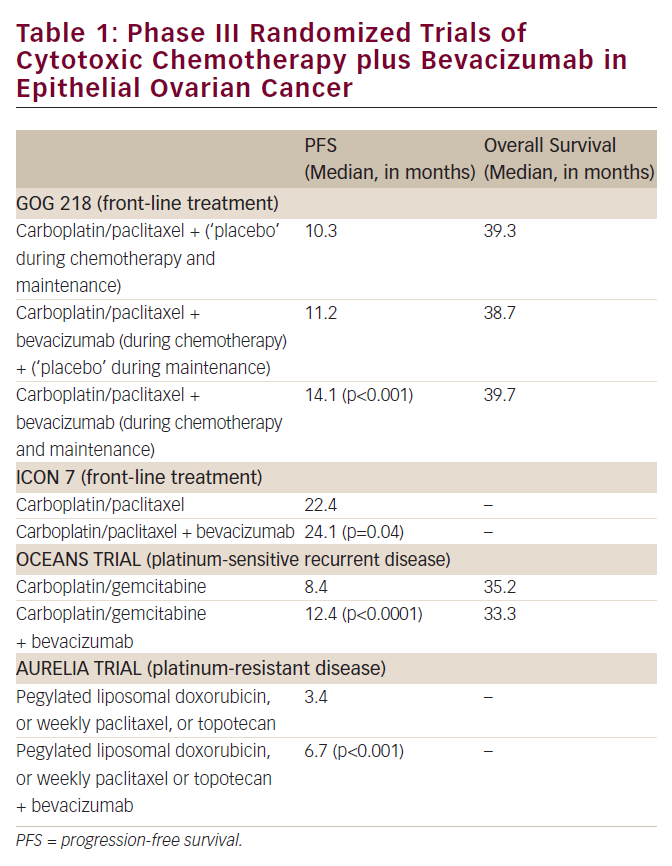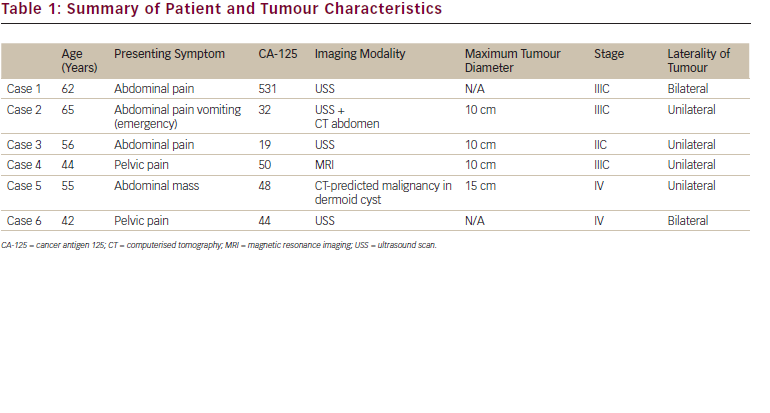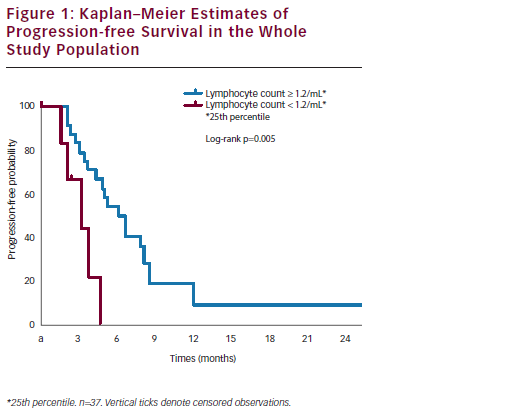Areader of 20 years ago could have hardly imagined many of the contents of this issue of European Oncology & Haematology.
Twenty years ago, chronic myeloid leukemia (CML) was still treated with hydroxyurea, interferon and allogeneic stem cell transplantation, and multiple myeloma with oral low-dose melphalan and prednisone, and autologous stem cell transplantation. Veno-occlusive disease of the liver was a lethal complication of allogeneic stem cell transplantation. Hodgkin’s disease was treated, already successfully, with polychemotherapy and radiation, but at a high price of toxicity, and there was little rescue for the 20 % refractory patients.
Gastrointestinal stromal tumour (GIST) was fatal. Gefitinib was not even a dream; the targeted therapy of some lung cancer was not even imaginable. The replacement therapy of Gaucher disease was only just beginning. And precision or personalised medicine were barely believable. However, it was 20 years ago, in the last decade of the 20th century, that the bases were founded for better knowledge of the biology and the molecular causes of cancer and of many non-malignant blood disorders, leading to the identification of specific targets nd to the search of agents ‘targeting the targets’. While the content of this issue celebrates the joy and satisfaction for some patients, there is still much progress required. The limits, the weakness and the costs of these new, targeted treatments are highlighted, pointing out on one hand that research must be implemented and on the another hand that progress in treatment also requires changes and progress in health policies, as a global, unmet need. It must be borne in mind that billions of people worldwide have not yet access to any of these treatments.
The message is: we do well, but we can and we must do better. Many more cancers and genetically based blood disorders will be treated more successfully in the next couple of decades; progress that needs to be maintained and controlled.









